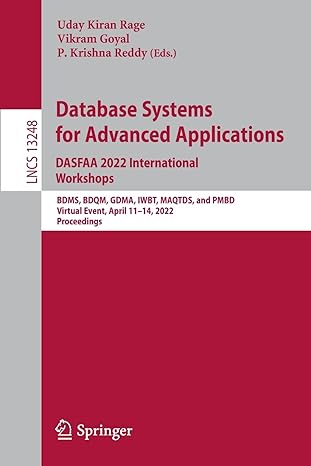Question
The original IEEE 802.1 l used DSSS with the 11 chip Barker code given by {1,-1,1,1,-1,1,1,1,-1,-1,-1} a) What is the processing gain of the system
The original IEEE 802.1 l used DSSS with the 11 chip Barker code given by {1,-1,1,1,-1,1,1,1,-1,-1,-1} a) What is the processing gain of the system in dB? b) Sketch and label the periodical and linear autocorrelation function of the code used in the standard c) If we use a PN-sequence with processing gain of 11 (similar to Barker code) to implement a CDMA system, what is the maximum number of simultaneous users we can have? Assume a minimum acceptable signal to interference ration of 8dB, a data application (no voice activity benefit), an Omni directional antenna (no sector antenna benefit), and a single access point (no interference from other cells)? d) If we assign all of these CDMA code to one user, what would be the data rate of the new system, if the original single code user was running at 2 Mbps. How does this system compare with the 802.11b CCK code which supports 11 Mbps.
Step by Step Solution
There are 3 Steps involved in it
Step: 1

Get Instant Access to Expert-Tailored Solutions
See step-by-step solutions with expert insights and AI powered tools for academic success
Step: 2

Step: 3

Ace Your Homework with AI
Get the answers you need in no time with our AI-driven, step-by-step assistance
Get Started


